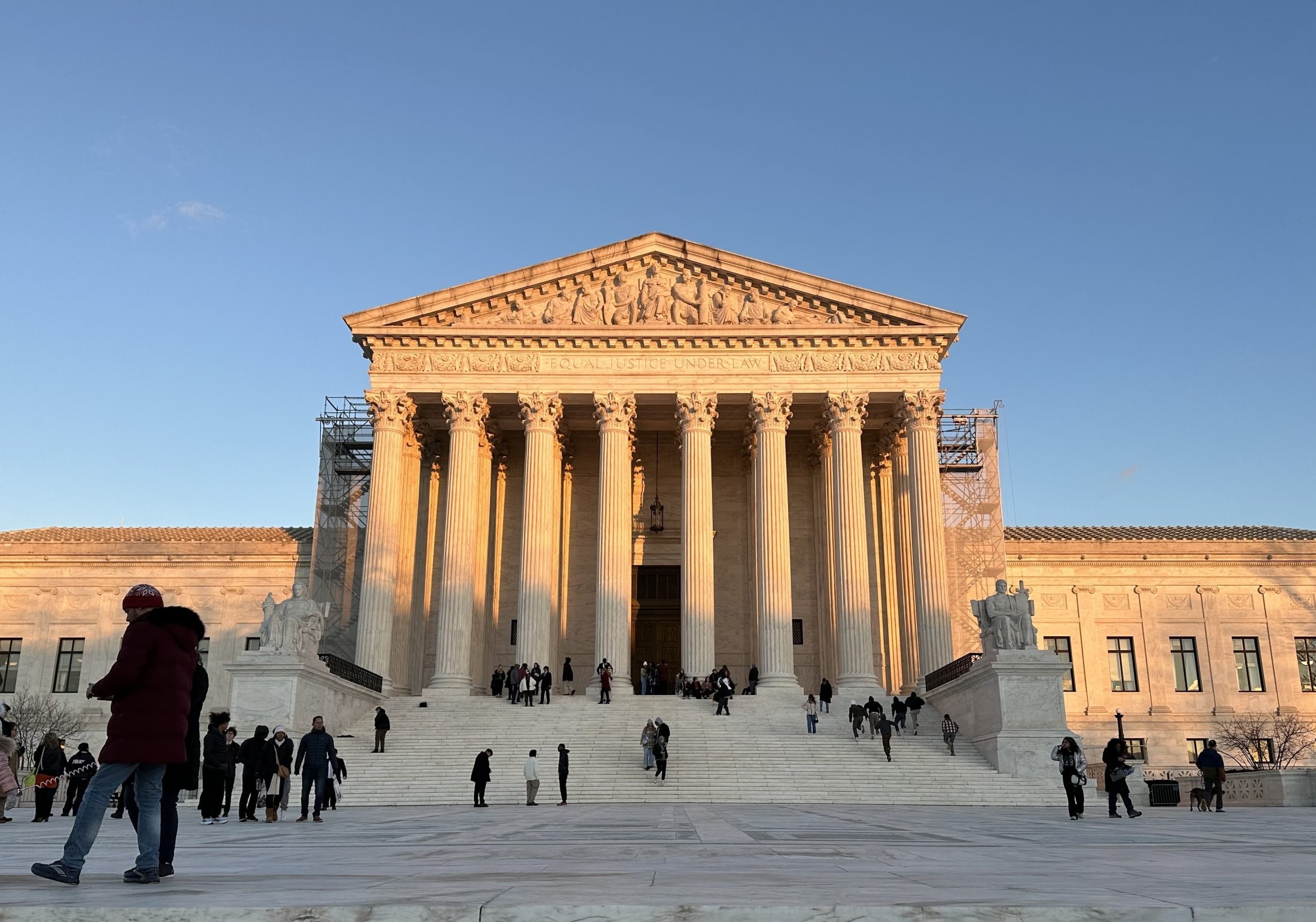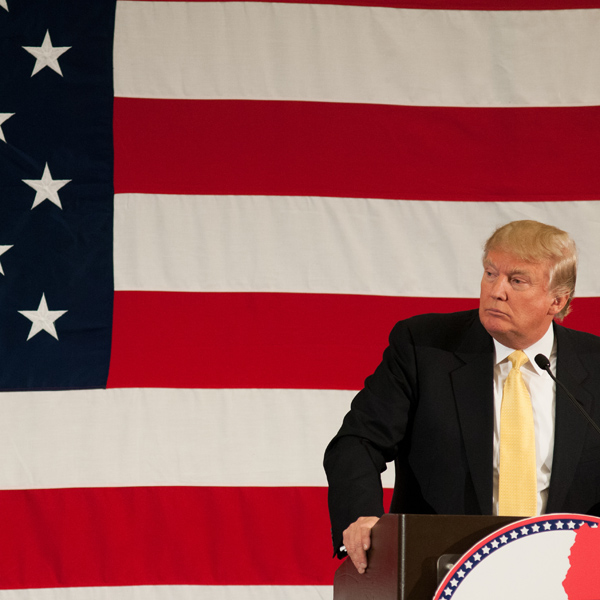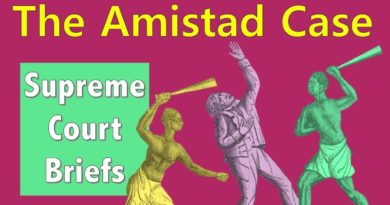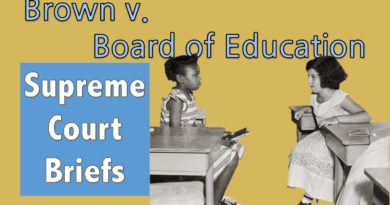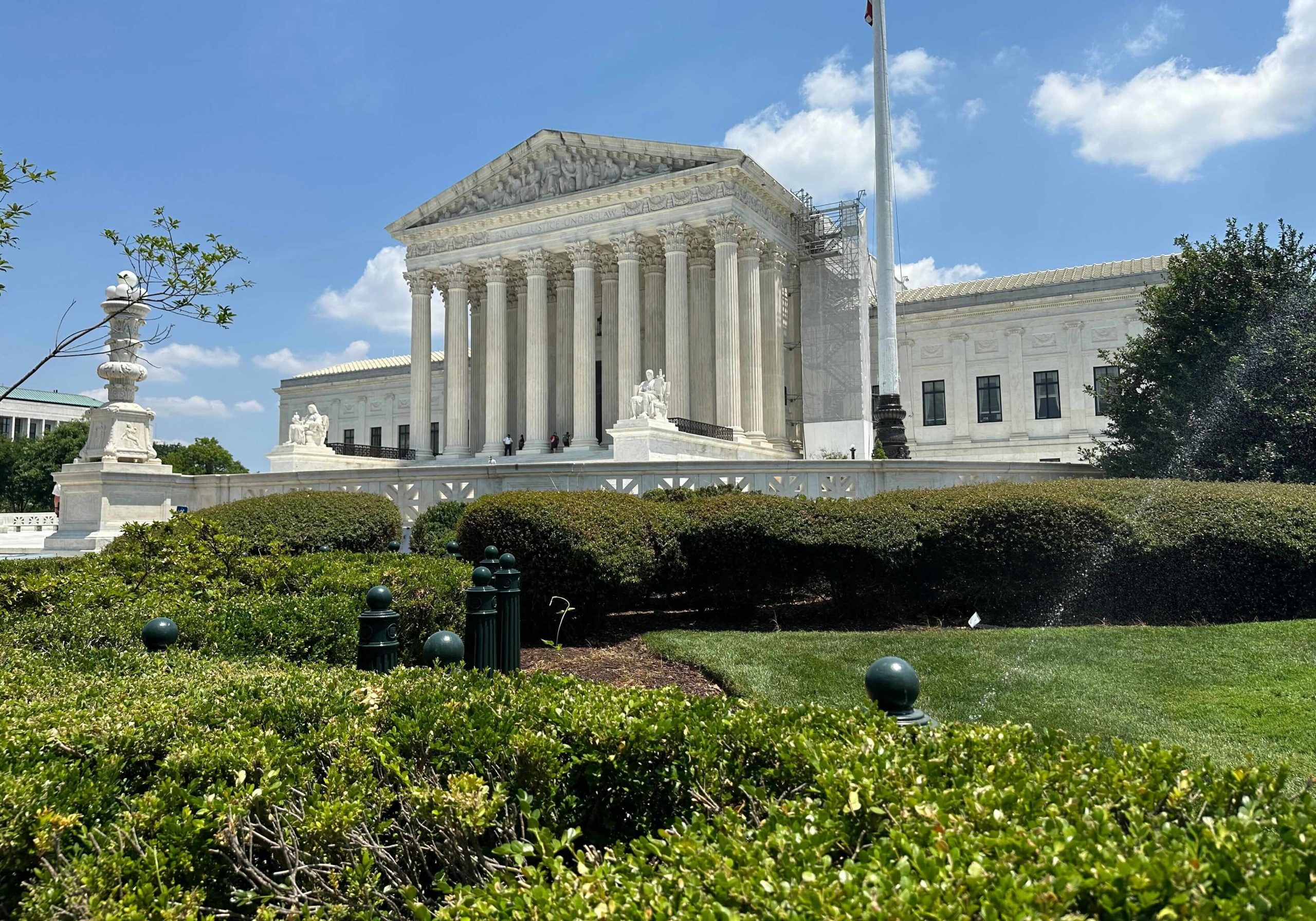In trademark suits, only the
OPINION ANALYSIS
Kagan noted that the statute on which the lower courts relied points to the “defendant’s profits,” and that in common parlance “defendant” refers to “the party against whom relief … is sought in an action.” Because Dewberry Engineers, which brought the suit, “chose not to add the affiliates” – which turned a profit – as defendants in its lawsuit, she reasoned, their “profits are not the (statutorily disgorgable) ‘defendant’s profits.'” She emphasized that the justices “have often read federal statutes to incorporate” state-law principles that respect corporate identity, and that under those rules “
t is long settled … that separately incorporated organizations are separate legal units with distinct legal rights and responsibilities.”
Indeed, Kagan noted, the plaintiff “cannot, and so does not, contest those points.” Rather, Dewberry Engineers presents a variety of other new arguments for why it might have been able to obtain a larger damages award. In this case, if Kagan repeatedly stressed that the “All we hold today,” Kagan stressed, “is that the courts below were wrong to treat Dewberry Group and its affiliates as a single entity in calculating the ‘defendant’s profits.” Dewberry Group is the sole defendant here, and under that language only its own profits are recoverable.”
This opinion is far more likely to find a place as a brief excerpt in casebooks on corporations than in materials on trademark law, as the narrow path needed for reversal of the lower court’s decision here says little or nothing the least bit novel or interesting about trademark law itself.

